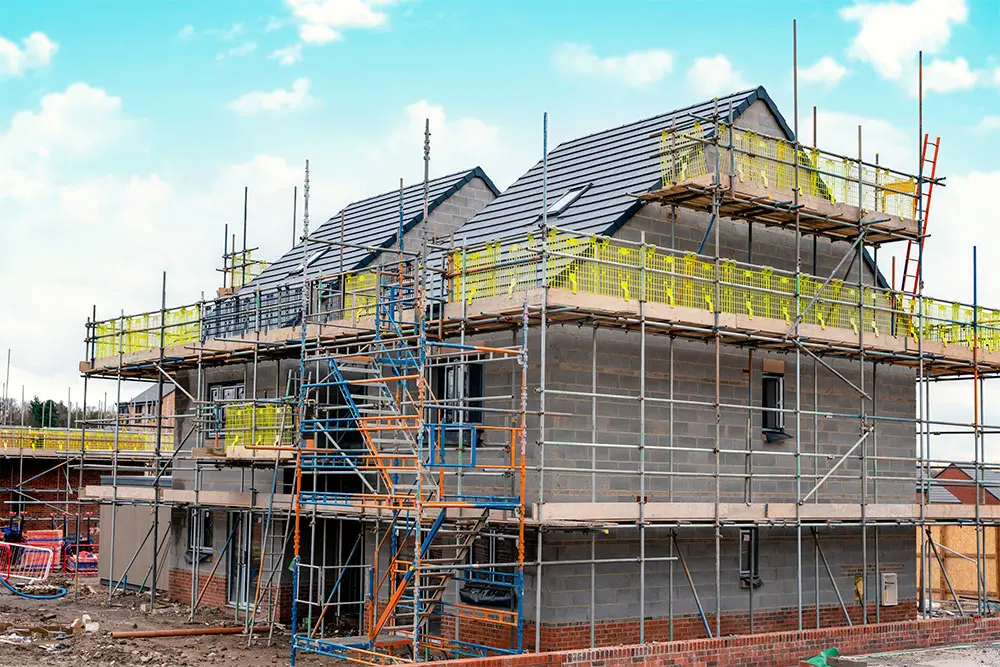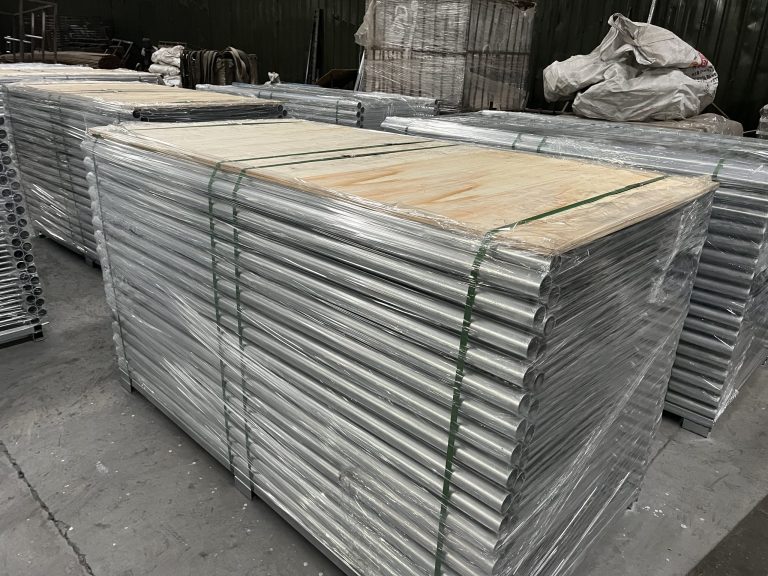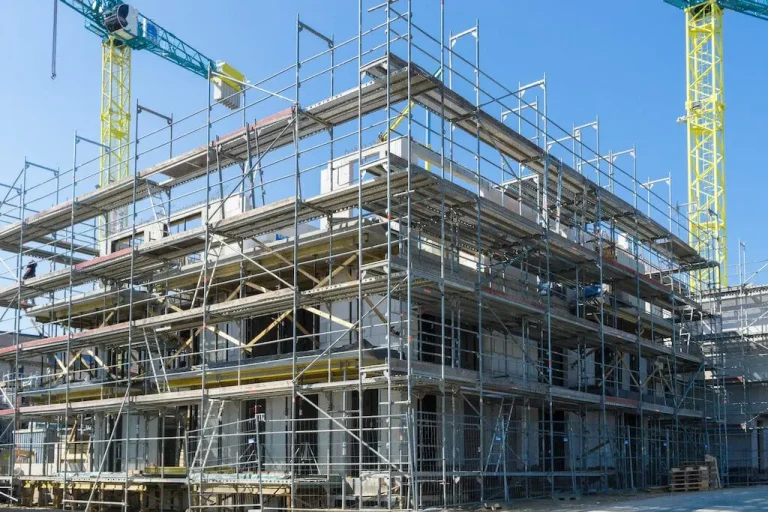what is scaffolding ?
The answer to this question is both simple and complex. The simplicity lies in the fact that scaffolding is a fully functional product. The complexity lies in the fact that this product has evolved over hundreds and thousands of years and continues to innovate today.

Scaffolding: The invisible skeleton that supports human architecture
When we gaze up at a skyscraper under construction, what often catches our eye is the crisscrossing web of steel frames—scaffolding. These temporary structures, like the building’s “invisible skeleton,” silently support the progress of human civilization.
Archaeologists have discovered holes in the walls surrounding Paleolithic cave paintings in France, suggesting that prehistoric humans may have been using simple scaffolding to create their works over 17,000 years ago.
The ancient Egyptians likely used simple support structures made of wood or stone when constructing their pyramids. Ancient Chinese craftsmen, building monumental works like the Great Wall, extensively used bamboo and wood scaffolding.
The foundation of the building, the multiple functions of scaffolding
Scaffolding plays an indispensable role in modern construction projects, with its core functions primarily reflected in the following aspects.
Safety Platform: Scaffolding provides a stable and reliable working platform for construction workers working at height, significantly reducing the risk of falls and ensuring the safety of construction workers.
Efficient Access: It enables workers to safely reach all parts of a building, whether exterior walls, interior walls, or ceilings, for construction, maintenance, or repair work.
Material Support: Scaffolding provides a convenient place to store construction materials, tools, and equipment, reducing the time workers spend reaching for items at height and improving work efficiency.
Versatility: Different types of scaffolding can adapt to various construction needs, from residential construction to large-scale commercial projects, and from interior renovations to exterior wall restoration.
Evolution, a brief history of scaffolding
The history of scaffolding is almost a history of the evolution of human architecture.
Ancient Origins: Early scaffolding was primarily constructed of wood and reinforced with ropes or chains. In ancient China, craftsmen widely used bamboo and wood to tie scaffolding together.
Driving the Industrial Revolution: In the 18th and 19th centuries, iron began to be used in scaffolding. With the development of the steel industry, steel pipes gradually replaced cast iron, making it possible to build more complex and taller temporary structures.
20th Century Standardization: In the early 20th century, Daniel Palmer Jones and David Henry Jones led a revolution in scaffolding construction. Their 1919 invention of the “Universal Coupler” allowed scaffolding to be constructed without ropes and quickly became an industry standard.
By the mid-20th century, diagonal bracing began to appear in scaffolding, further improving stability, particularly in scaffolding used on high-rise buildings.
Global scaffolding from various perspectives
Scaffolding technology and applications have different development characteristics and standards around the world.
Terminology Differences: It’s important to note that different regions may have different definitions of scaffolding types and terminology. This means the same type of scaffolding may have different names in different countries or regions.
Material Selection: Modern scaffolding primarily utilizes materials such as steel and aluminum. Steel scaffolding is often used for heavy-duty work due to its strength and durability. Aluminum scaffolding, on the other hand, is lightweight and corrosion-resistant, making it suitable for applications requiring frequent assembly and transportation.
In certain environments, such as those near overhead power lines, filament-wound tubing made of materials such as fiberglass, nylon, or polyester may be required.
Safety Regulations: Scaffolding safety regulations vary from country to country. For example, the United States has ANSI A10.8 (Scaffolding Safety Requirements) and the United Kingdom has BS 1139-1.2 (Metal Scaffolding),China’s scaffolding standards system is based on the mandatory national standard GB 55023-2022.
A wide variety of scaffolding families to suit your needs
With the development of the times, the progress of science and technology and industry, scaffolding is also developing, and scaffolding is being used more and more in more subdivided fields, which also puts higher requirements on scaffolding products.
As technology advances, scaffolding technology is constantly innovating and improving.
Material Innovation: More lightweight, high-strength new composite materials may emerge in the future, further improving scaffolding’s safety and portability.
Intelligent Development: The application of sensor technology and the Internet of Things may enable scaffolding to monitor its load status and environmental conditions in real time, issuing alerts when unsafe conditions are detected.
Improved Safety Standards: As global workplace safety requirements continue to rise, scaffolding safety standards and operating procedures will also continue to improve and tighten.
Sustainability: Greater emphasis will be placed on material recyclability and modular scaffolding design to reduce resource waste and environmental impact.







